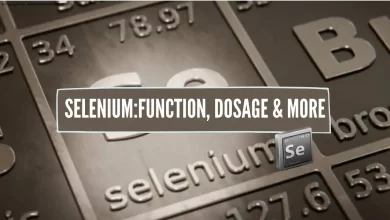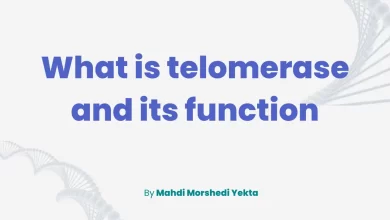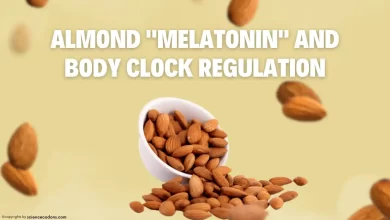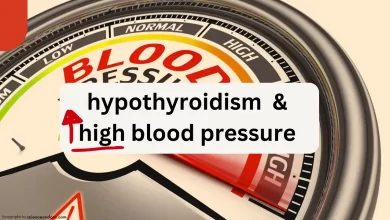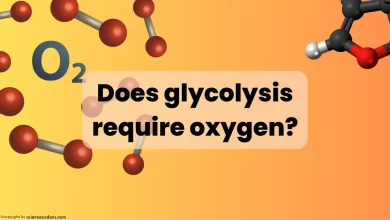Haptoglobin (Hp) and Hemopexin (Hx) are two plasma proteins that play a role in the body’s defense against hemolysis, the breakdown of red blood cells. While both proteins are involved in the body’s defense against hemolysis, they have different mechanisms of action.
Haptoglobin is the primary Hb-binding protein in human plasma that binds to Hb, reducing extracellular Hb’s negative biochemical and physiological impacts. The cellular receptor target of Hp is the monocyte/macrophage scavenger receptor, CD163. Following the binding of Hb-Hp to CD163, the complex is internalized by cells, leading to the metabolism of globin and heme. Adaptive changes follow this in antioxidant and iron metabolism pathways and macrophage phenotype polarization.
On the other hand, Hemopexin is another plasma glycoprotein that can bind heme with high affinity. Hx sequesters heme in an inert, non-toxic form and transports it to the liver for catabolism and excretion. (Wikipedia)
Regarding structure, haptoglobin is a tetrameric protein composed of two α and two β subunits held together by disulfide bonds. The α subunit is responsible for the Hb-binding activity, while the β subunit is responsible for the CD163-binding activity [1]. On the other hand, Hemopexin is a single-chain protein composed of two domains: an N-terminal domain and a C-terminal domain. The N-terminal domain is responsible for heme binding, while the C-terminal domain is responsible for receptor binding.
In summary, Hemopexin and haptoglobin are involved in the body’s defense against hemolysis. Hemopexin and haptoglobin have distinct mechanisms of action and structures. Haptoglobin binds to extracellular hemoglobin, while Hemopexin binds to heme.
| Protein | Mechanism of Action | Structure |
|---|---|---|
| Haptoglobin | Binds to extracellular hemoglobin, attenuates the adverse biochemical and physiologic effects of extracellular Hb | Tetrameric protein comprises two α and two β subunits, held together by disulfide bonds. The α subunit is responsible for the Hb-binding activity, while the β subunit is responsible for the CD163-binding activity. |
| Hemopexin | Binds to heme, sequesters heme in an inert, non-toxic form, and transports it to the liver for catabolism and excretion | Single-chain protein comprises two domains: an N-terminal domain and a C-terminal domain. The N-terminal domain is responsible for heme binding, while the C-terminal domain is responsible for receptor binding. |
